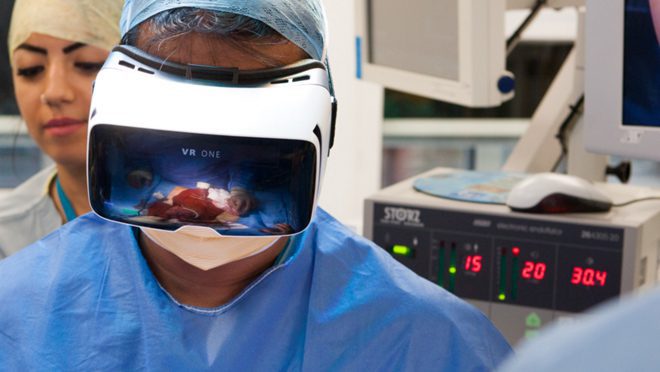Technological advancements have birthed rapid development in many areas. Virtual Reality is one huge and intriguing transformation.
Virtual reality (VR) surrounds you with a life-sized virtual world by creating a digital environment where you can interact with virtual humans and objects. To work effectively, it applies headsets like the HTC Vive or the Oculus Rift. Devices that enable the head and hand tracking, voice input, and controllers, can also be connected to the headsets.
Some technology experts are of the opinion that in the future, social media could go beyond 2D screens so that on social network spaces, you can build lifelike avatars, interact and grow your followers through a range of virtual reality experiences. This would mean that people can feel and experience the company of others more closely.
There are some VR facts about that you probably did not know. Let us go through them –
Table of Contents
1. VR has been around for ages
Some believe VR is a totally new technology that popped up in recent times. However, the emergence of this technology is credited to a 19th-century French Playwright, Antonin Artaud as he sought to create a trance-like state for his audience. In the 20th century, researchers began to thoroughly expound the elements of virtual reality.
2. VR is not particularly a video game
Does this surprise you? As opposed to video games, virtual reality produces a near real-life experience where virtual characters can touch you or look into your eyes. Scientific research also uses virtual reality to understand the way the human brain perceives objects and the illusionary feeling of being in an environment.
Although the concept of body representation is mutual between video games and virtual reality, video games most often do not require the users to look at an external screen. Companies have merged the two technologies to create something magical. Several computer games work in virtual reality, however, virtual reality is not limited to this.
Scientists use this feature to cover large research projects about internal parts of the human body. Long and short of this is that VR covers many other programs apart from gaming.
3. VR technology in military
Unknown to many, virtual reality has provided a great means for the armed forces to train and recruit new cadets. This includes intense action, medical training, flying crafts, driving, and fighting on the battlefield. Its parachuting simulation has been adopted to help trainees prepare for combat and dangerous settings. It is cost-effective and reduces the risk of injuries and death during dangerous training.
4. VR affects medicine too
We often associate VR with the entertainment industry, particularly gaming experiences. However, VR is immensely beneficial to the healthcare industry too. Companies like Floreo use this technology to advance autism therapy for children. VR also helps to reduce chronic pain, relax hospitalized patients and also restore low vision.


Patients who previously suffered a stroke can also enjoy health care benefits from this technology. Mindmaze is a neurotechnology company that offers VR solutions for stroke rehabilitation.
5. VR brand marketing
VR is also rising quickly among brands. Some are not aware of the marketing benefit that VR offers. An appropriate use of this technology can positively affect sales and brand engagement efforts.
Brands like Patrón, TOMS, Vroom, and McDonalds use this technology in their marketing strategy. TOMS makes it possible for shoppers to sit in a VR chair and experience a journey. This helps customers to personally witness the ways that their contribution impacts the world.
Conclusion
Many individuals are unaware of the fact that virtual reality is functional in many areas. Military, sports, research, and healthcare all have their own share of this feature. Some are of the opinion that widespread of this technology would cause social media to take a turn, enabling you to interact more closely with your community and grow your followers.




